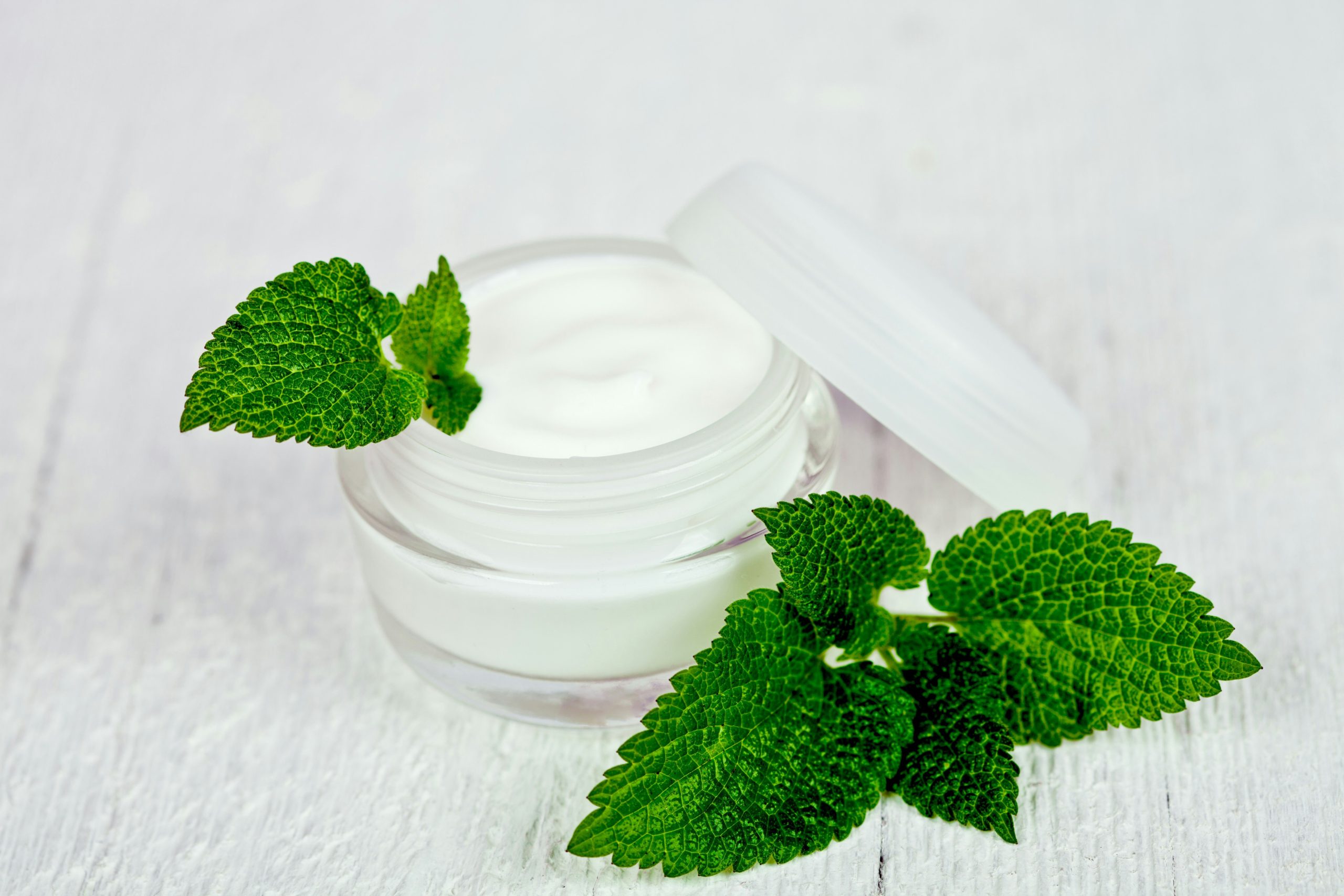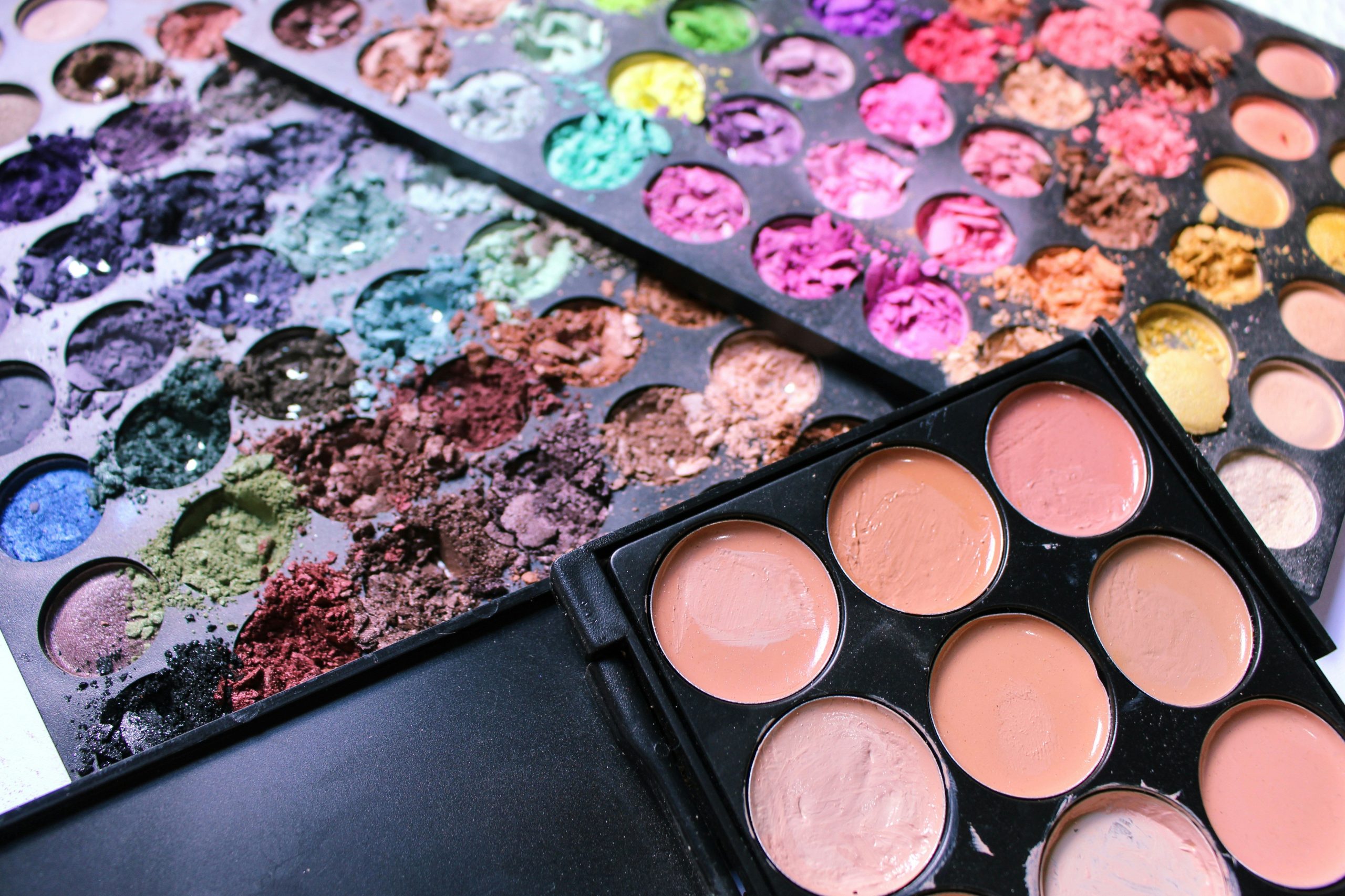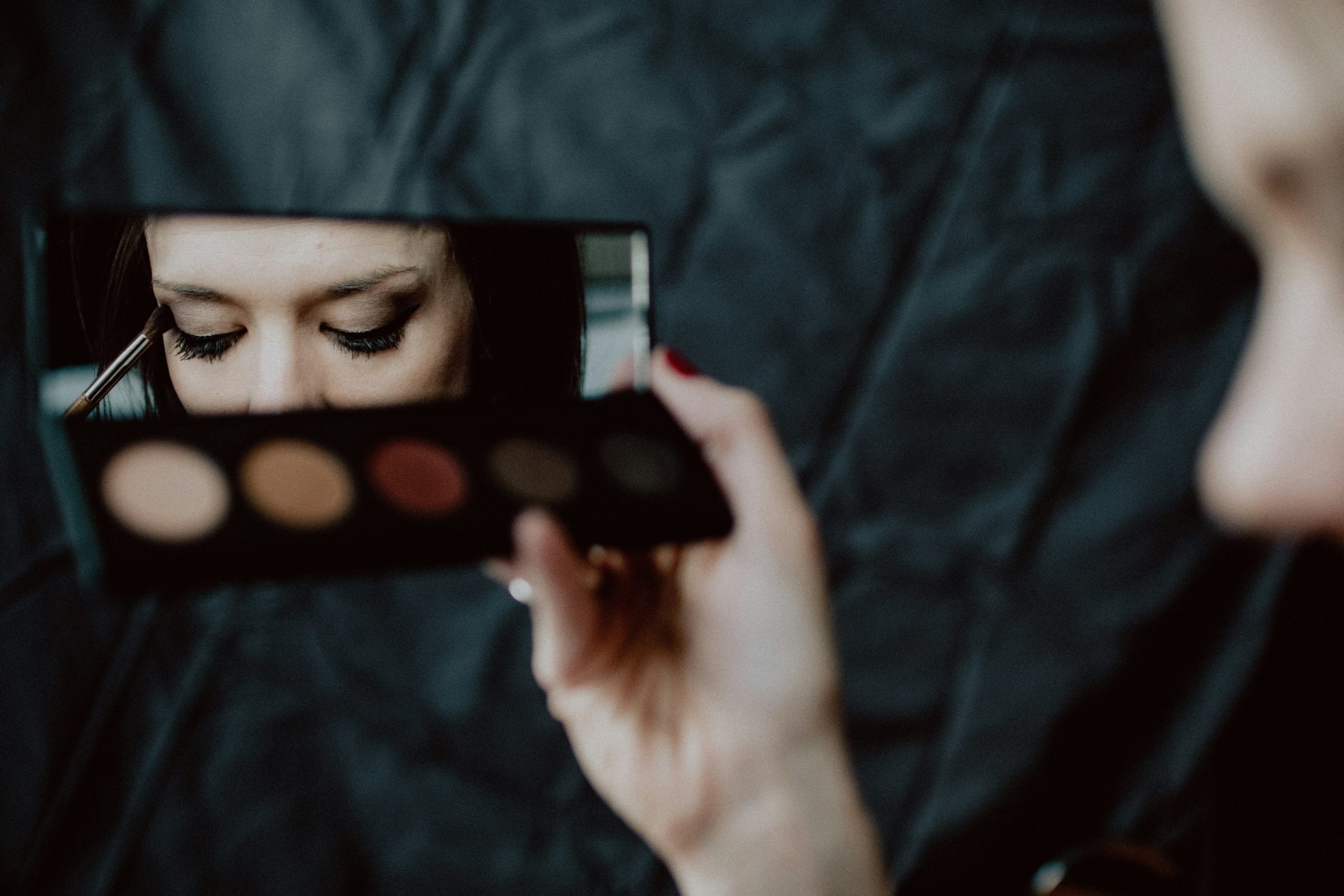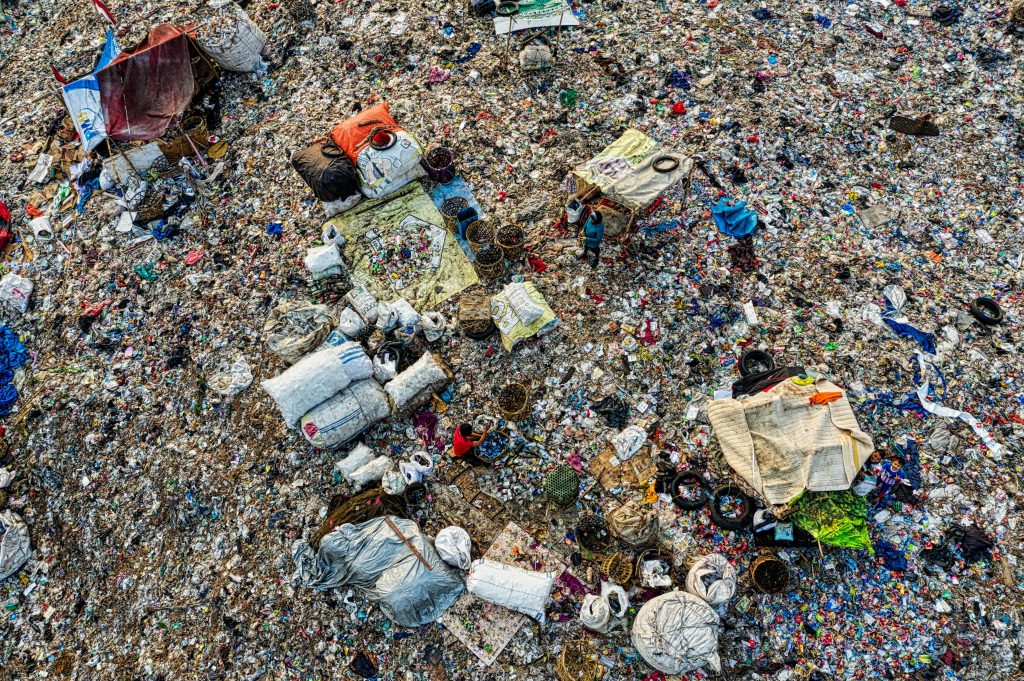Ever stared at two makeup products labeled “green” and “clean,” wondering if they’re just fancy synonyms for the same thing? Trust me, you’re not alone. I once spent $50 on a “green beauty” foundation only to discover it still had synthetic dyes lurking in the ingredient list—talk about a *facepalm* moment!
In this post, we’ll break down green beauty vs clean beauty, uncover their differences, and help you shop smarter with actionable tips. You’ll also learn how to spot greenwashing (yes, it’s a thing), plus real-world examples of brands getting it right. Let’s dive in.
Table of Contents
- Introduction
- Why Green Beauty vs Clean Beauty Matters
- Step-by-Step Guide to Decoding Labels
- Top Tips for Shopping Natural Makeup
- Real-World Case Studies: Brands That Shine
- Frequently Asked Questions About Green and Clean Beauty
- Conclusion
Key Takeaways
- Green beauty focuses on eco-friendly sourcing, while clean beauty prioritizes non-toxic ingredients.
- Both categories can overlap but aren’t interchangeable.
- Spotting greenwashing requires reading labels carefully.
- Popular brands like RMS Beauty and Tata Harper excel in both areas.
Introduction
Natural makeup has become more than a trend—it’s a lifestyle choice for wellness-conscious consumers. But here’s the kicker: Not all natural makeup is created equal. Some claim to be “green,” others tout being “clean,” but what’s the real difference? And why should you care?
By the end of this article, you’ll understand the nuances between green beauty vs clean beauty, how to pick the best products for your skin, and strategies to avoid falling into marketing traps.

Why Green Beauty vs Clean Beauty Matters
Natural makeup isn’t just about looking good; it’s about feeling good too. Here’s where things get interesting:
- Green Beauty: This category emphasizes sustainability. Think recyclable packaging, cruelty-free practices, and ethically sourced ingredients.
- Clean Beauty: It zeroes in on formulation safety. Clean beauty bans harmful chemicals like parabens, phthalates, and sulfates.
While these terms might seem interchangeable, blending them without clarity creates confusion. Imagine buying an organic avocado mask thinking it’s vegan… only to find out later that it contains honey.
Optimist You: “I’ll totally read every label from now on!”
Grumpy You: “Ugh, fine—but only if coffee’s involved.”
Step-by-Step Guide to Decoding Labels
Here’s your cheat sheet for navigating the world of natural makeup:
Step 1: Look for Certifications
Not all certifications are legit, so stick to reputable ones like USDA Organic, Leaping Bunny, or EWG Verified.
Step 2: Avoid Buzzword Traps
Words like “natural,” “pure,” and even “eco” mean zilch unless backed by science. Always check ingredients over branding.
Step 3: Research Ingredient Lists
If you see anything ending in “-cone” or “-ate,” proceed with caution—it could signal silicones or artificial additives.

Top Tips for Shopping Natural Makeup
- Shop Local When Possible: Supporting small businesses often means supporting greener practices.
- Use Online Resources: Websites like Think Dirty and Good On You rate brands based on environmental impact.
- Prioritize Multi-Use Products: Less waste = win-win for your wallet and Mother Nature.
- Beware Terrible Advice: Never believe claims like “This lipstick will cure acne.” It won’t.
Real-World Case Studies: Brands That Shine
RMS Beauty: A pioneer in skincare-infused cosmetics, RMS Beauty uses raw, food-grade ingredients to ensure purity. Their “Un” Cover-Up concealer doubles as skincare and makeup—chef’s kiss!
Tata Harper: Known for its luxurious formulas, Tata Harper ticks both green and clean boxes. All products are made on her Vermont farm using sustainable methods.

Frequently Asked Questions About Green and Clean Beauty
Q1: Can a product be both green *and* clean?
Absolutely! Many brands focus on sustainability and safe formulations. For instance, Ilia Beauty combines eco-friendly packaging with clean ingredients.
Q2: Is greenwashing common in natural makeup?
Unfortunately, yes. Watch for vague language and lack of certification. Always dig deeper before hitting ‘buy.’
Q3: What’s one mistake beginners make when shopping?
Buying blindly because of pretty packaging or influencer hype. Always do your own research first!
Conclusion
Green beauty vs clean beauty may feel like splitting hairs, but understanding the distinctions empowers smarter choices. By focusing on sustainable sourcing and safe formulations, you can create a makeup routine that’s as healthy as it is gorgeous.
Remember: Your skincare journey is personal. Whether you lean toward green or clean—or somewhere in between—the goal is progress, not perfection. Now go forth and glow responsibly!
Oh, and don’t forget your reusable tote bag for shopping trips. 😉
Random Haiku:
Eco jars whisper, Natural hues tell no lies— Beauty blooms pure.


